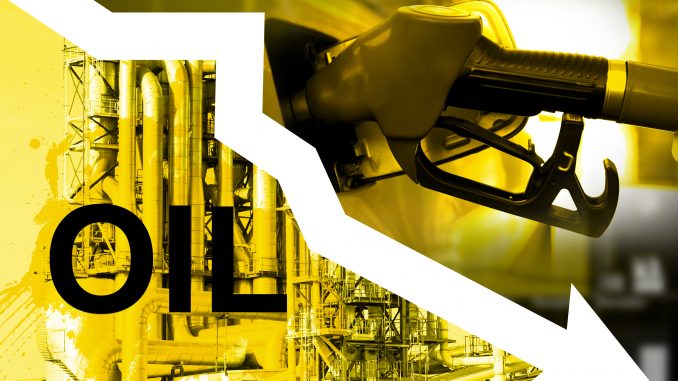
Energy sources have a huge impact on our daily lives. They affect the cost of almost everything we consume, including the groceries we buy, the clothes we wear, the electronic devices we use and the fuel we put in our cars.
Any type of energy source can be traded depending on demand and supply factors. The main sources of energy are electricity, gas, coal and oil. These commodities are traded in physical form. For example, the current actual quantity of electricity or gas is delivered at an agreed date and time and then invoiced. Here, one must distinguish between an immediate market where it is bought in one day and sold the next day or after a week or a month, and between futures markets where the actual delivery of electricity or gas is for example at a future date.
The energy sources we use can be divided into two groups: renewable and non-renewable energy. In addition to futures markets, traders can invest in these commodities indirectly through products such as equities, ETFs and CFDs. In Europe, there are more than 20 different exchanges which list energy sources. The most liquid are the European Energy Exchange (EEX) in Leipzig and the Nord Bull Spot / NASDAQ.
Global energy use is expected to increase by almost 30% over the next two decades. Growth in developed countries, however, is expected to remain stable. This expectation may have important implications for commodity markets. Traders should focus on economic growth in emerging market economies for evidence on energy demand. However, they should also keep an eye out for new sources of energy supply in emerging market countries. Dugol, like China and India, in particular, will have to make important decisions on issues such as ethanol production, nuclear power programs and coal-fired power stations. All of these decisions can have a significant impact on commodity prices.
Oil is a very important commodity and the most important energy source. Supply and demand are indicators of the performance of the global economy and usually affect the price of every commodity. It can be refined in many products such as gasoline, diesel, lubricant and other petrochemicals. It is traded in volume and is very liquid.
Therefore, oil trading involves small differences, clear patterns and high volatility. Brent crude is the global benchmark for oil, and accounts for almost two-thirds of the oil traded. WTI is the standard American oil, which is lighter compared to Brent crude.
Oil traders typically follow strategies to understand the underlying factors that affect oil prices and use trading strategies that suit their trading style. Each strategy differs from the other. Risk management is an important component of successful trading, just as the correct use of functions such as leverage and avoiding other trading errors.
Once the trader understands the underlying supply and demand factors that affect the price of oil, he can seek entry into the market using technical analysis. Then, when the buy / sell signal is identified using the technical analysis, the trader can implement the appropriate risk management methods.




Be the first to comment